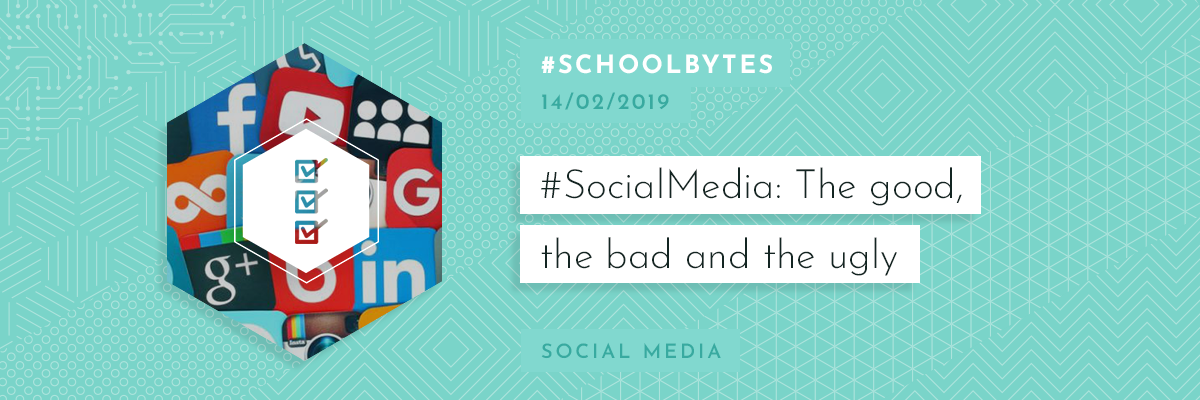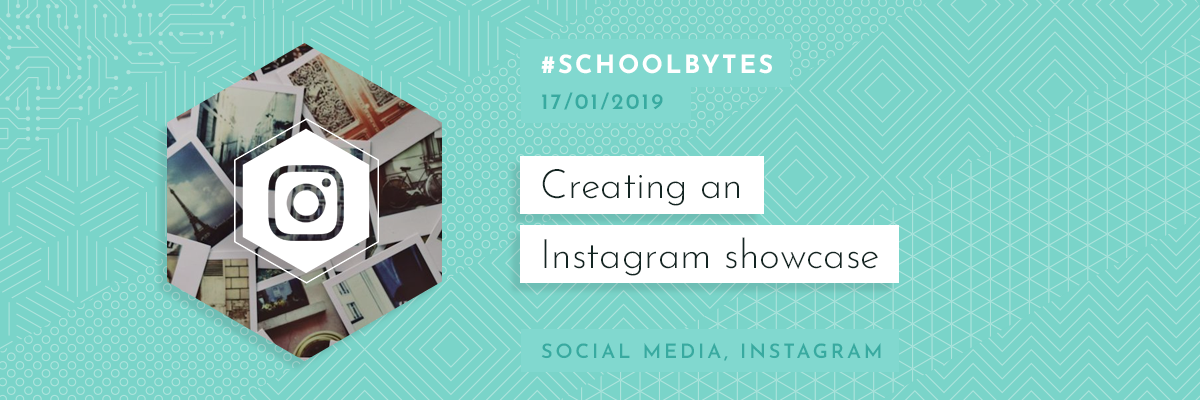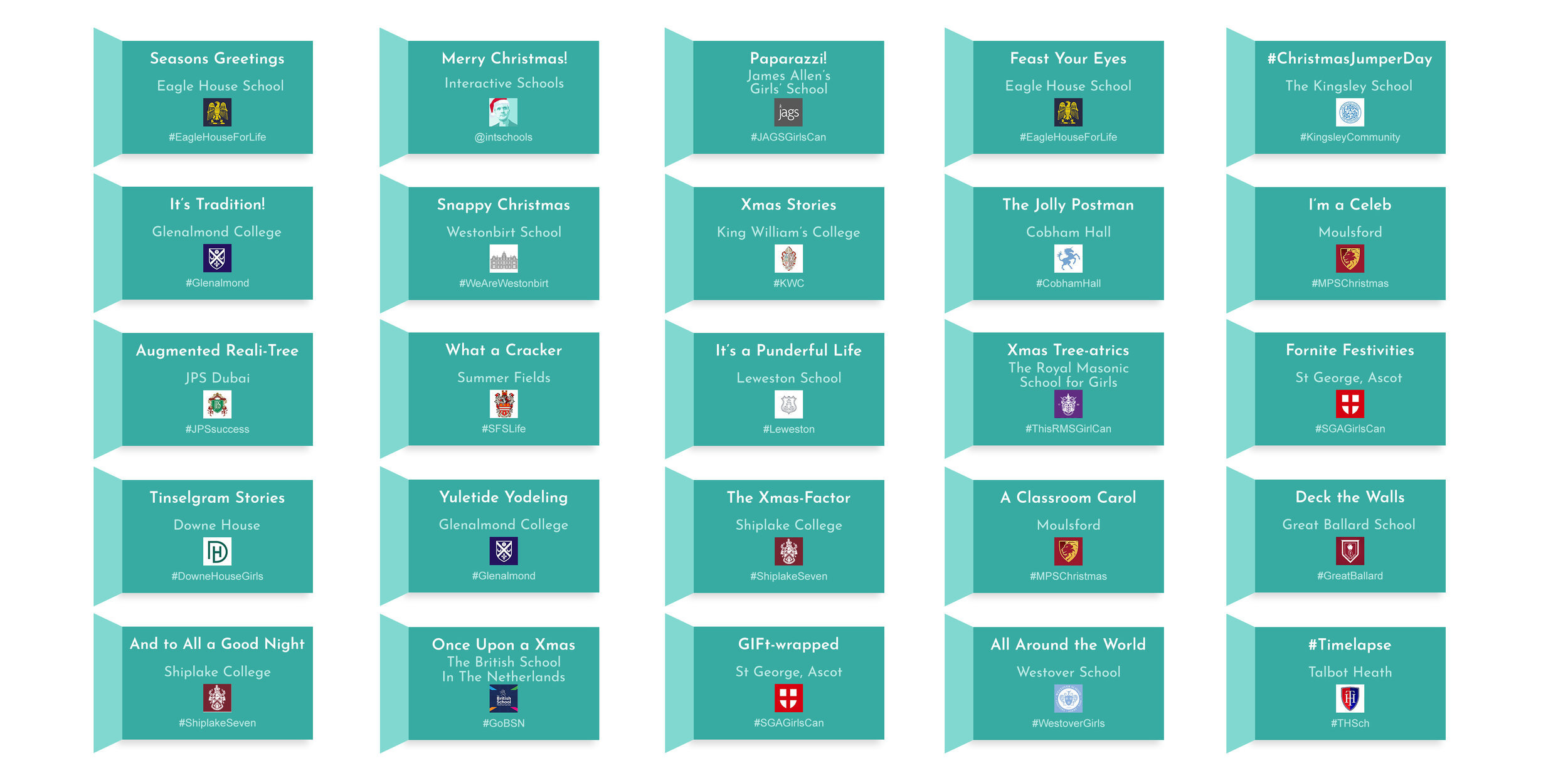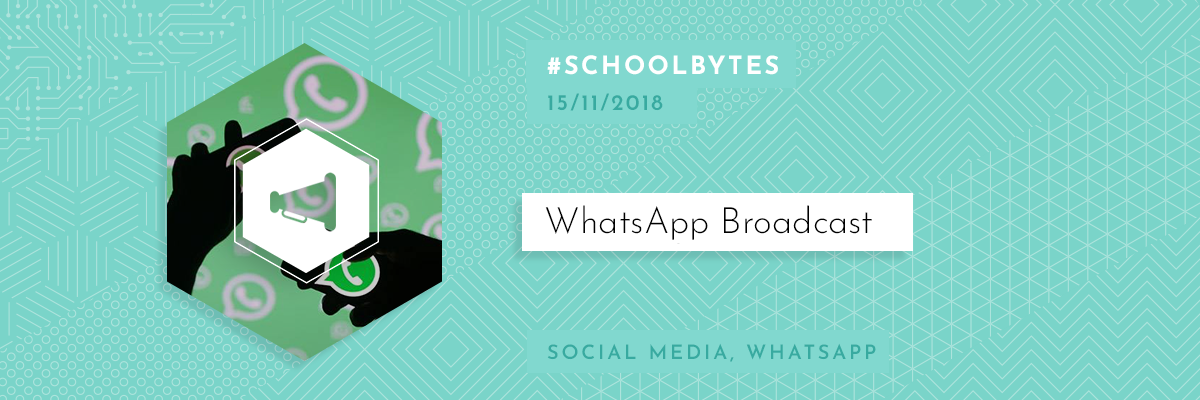January is a great month to not only look ahead to the coming year, but to also reflect on the year that has gone by. What impacts did it have? What can we learn from it?
Let’s begin with our 2018 #SchoolMarketing Trends & Predictions.
[1] Chatbots
Chatbots had been widely used in a variety of industries - but are yet to filter through to schools.
We have been testing chatbot experiences for schools, whether that’s for current parents or prospective parents.
Here’s a couple of examples that can be integrated into your website and messaging platforms (e.g. Facebook Messenger)
The key is to make people aware they are in conversation with a bot - and not a human.
[2] Voice Assistants
Amazon say over 100 million Alexa devices have been sold so far (wow!). Alexa is being installed into almost every type of home product - cars, fridges, mirrors, decorations, chairs, toilets (yes, really).
The number of Voice Assistants had certainly proliferated in 2018, and we expect this to continue into 2019 too,
[3] New Video Formats
Vertical video exploded in 2018 with many publishers adopting mobile-first content creations.
Other video ‘tactics’ cemented themselves too, including meme bars and caption overlays.
We also witnessed more schools harness the power of 360 VR experiences, and live streaming.
[4] Augmented Reality & Virtual Reality
Consumer AR/VR continued to grow in the last 12 months, with more devices and content being release. The highly anticipated Magic Leap was released following $2.3 billion in investment.
Want to see how AR/VR is being used in the classroom? Take a look at the thread on Twitter #ARVRinEDU
With any new consumption device, there needs to be compelling content available. Fortunately, this is being produced - particularly in education.
[5] Internet of Things
2018 was the year of smart devices. Amazon claim there are 28,000 smart home devices that work with Alexa.
That’s going to continue into 2019 and beyond - and you can view more about smart tech in the trends/predictions below.
[6] #SchoolMarketing Automation
We’ve seen schools adopt more automation as part of their admissions and parent engagement process. Whether that’s through Mailchimp, Hubspot, or any other CRM/Email platform.
Many of our schools have stripped the time taken to produce newsletters from 8+ hours per week to just a 5 minute process.
This is also true of wider integrations with your MIS, calendar, fixtures, payments, and other school systems.
[7] Messaging vs. Social Media
Social media engagement has transitioned into private messaging - through Instagram/Twitter DMs, WhatsApp, FB Messenger.
Has your school tried WhatsApp Broadcasts yet? Read on for more…
2019 Predictions & Trends
[1] Podcasts
Podcasts have been on a growth trajectory for the last few years - but are still not a staple in every company’s #ContentStrategy. This is surprising considering almost 50% of the US population listen to podcasts.
We suspect this will change in 2019.
Ideas for your school:
-
Students reading news articles (maybe in different languages, if you have an international community)
-
Advice and insights for parents
-
Teacher insights and ideas
-
Leadership episodes for deputies, assistants, Heads.
[2] Newsletters
Who’d have thought email would make a come-back? Although we get bombarded with emails, there is a still a market for niche-newsletters that serve a specific need.
In the #SchoolMarketing world, we find newsletters being one of the top ways to engage with current parents and prospective families. Our client newsletters frequently receive 70+% engagement rates.
[3] Micro Influencers
It’s rare to go on to Instagram without seeing your favourite influencer posing with a protein shake, latest camera gear, a new bag, recommendations on airlines - and just about anything to advertise!
The influencer marketing world has opened up a world of possibilities for marketers and content-creators. The Instagram influencer industry alone is valued at $1.6 billion.
We expect companies/agencies to reallocate money from mainstream influencers to those with 1-10k followers (micro-influencers who have a smaller but highly engaged community).
[4] Privacy (DuckDuckGo etc.)
An interesting year for Facebook, right…?
As more people become concerned about their privacy and what large tech companies do with their data, we suspect more privacy-based platforms to emerge and grow.
DuckDuckGo (a privacy focussed search engine) has seen its traffic grow 10x in the last 5 years.
Whilst still accounting for a small percentage of school website traffic, it’s still important to be aware of these channels and the presence that your school website has.
When was the last time your searched for your school on DuckDuckGo?
[5] Smart Everything…
It’s rare to see a day go by without a NEW smart device for your home.
In the first few days on 2019, we have seen:
We’re already building experiences upon the leading IoT platforms/assistants to connect with parents in the channel of choice.
Have you thought about integrating your website with smart devices?
[6] Emerging Content Channels
We’ve had many of years of the usual suspects - Facebook, YouTube, Twitter, Instagram, Snapchat - and a lack of breakout apps recently.
Below are a list of emerging platforms to check out:
As ever, we will continue to keep your school up to date with new apps/platforms through our #SchoolBytes newsletter.
We recommend understanding emerging channels. If they break out, then you will have a head start in the tactics and language that works - and even if they do not, some of the attributes may end up in more popular apps (e.g. Stories originally from Snapchat).
Your school should also reserve its URL/handle. Even if you do not end up using it, you still own your brand name.
#SchoolMarketing Trends & Predictions
[1] Greater Insights & Real-Time Reporting
With a plethora of data out there, it’s easy to get lost in the noise.
We believe schools will harness data discovery to make more informed decisions and to increase conversions.
Every #SchoolMarketer should have a second screen for monitoring and real-time reporting. Add it to your budget for your Bursar ;-)
[2] Focus on Creative, Narrative, & Experiences
Every school says ‘we are different!’ - yet look and sound exactly the same as every other school.
Since we launched our dedicated creative studio to craft UX design magic, we have witnessed increases in admissions enquiries and student numbers with our clients.
How can you increase student numbers? Craft in inspiring narrative that captures the essence of your school - and tell that story consistently across every touch point you have with a prospective family.
It’s no longer just about a website - but the whole experience at every stage of the prospective journey.
[3] WhatsApp Broadcasts
With more and more parents using WhatsApp (we’re sure you have parents in private groups!), schools will start to add this to their parent comms mix more in 2019 and beyond.
WhatsApp Broadcasts are lists of recipients you can send regular (broadcast) messages to.
While this may seem similar to a WhatsApp Group, the major difference is that people cannot see other people in the same Broadcast List (making it far more private and secure).
This can be useful for the whole school, specific year groups, or boarding houses.
Find out more about WhatsApp Broadcasts for schools.
[4] Voice
We’ve spent the last 18 months working on voice strategies with a selection of our clients. 12 months ago, we launched our Amazon Alexa Skill that allows parents to interact with the school via their Alexa-enabled device.
“Alexa, what time is the school concert tonight?”
With 40% of adults using voice search each day, it’s essential to add voice to your SEO strategy.
What does Siri, Alexa, Cortana, Google Assistant already know about your school?



.png)





